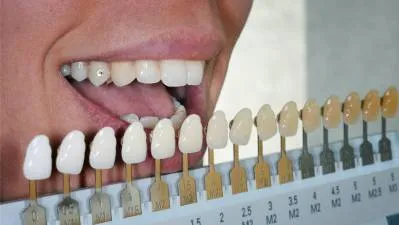Teeth Whitening Shades Overview
Understanding teeth whitening shades is crucial for anyone considering cosmetic dentistry. Achieving a brighter smile goes beyond just the process; it involves understanding the nuances of shade variation and the science behind it. This article will break down the top 5 facts you need to know about teeth whitening shades, ensuring you make informed decisions about your dental care and achieve the smile you’ve always wanted. Whether you’re exploring professional treatments or at-home solutions, knowing the specifics of teeth whitening shades will significantly impact your results and satisfaction.
What are Teeth Whitening Shades?
Teeth whitening shades refer to the different levels of brightness and color of your teeth. Natural teeth have a range of shades, and these can be affected by genetics, diet, and oral hygiene habits. Typically, teeth are not purely white; they often possess a slight yellow or gray tint. Understanding these shades is the first step in the teeth whitening process. The goal of teeth whitening is to lighten the existing shade to a more desirable, brighter appearance. Knowing the current shade helps dentists and patients set realistic expectations and track progress throughout the whitening process.
The VITA Shade Guide

The VITA shade guide is a standardized system dentists use to measure and communicate tooth shades. This guide provides a reference for a variety of shades, allowing dentists to accurately assess your current tooth color and monitor changes after whitening treatments. The VITA shade guide contains multiple tabs representing different shades, and these tabs are grouped into color families. These families can include shades with a reddish-brown tinge, yellowish-brown, gray, or reddish-gray. Using the VITA shade guide ensures consistency in assessing tooth color and assists in selecting the best whitening method to achieve the desired outcome.
The Importance of Knowing Your Shade
Knowing your current tooth shade is fundamental to setting realistic expectations for your teeth whitening journey. Understanding your starting point helps you and your dentist determine the potential for improvement and choose the most effective whitening method. Assessing the current shade allows you to monitor progress, both during and after the treatment. Being aware of your shade can prevent disappointment and ensure you’re satisfied with the results. It also aids in maintaining your new, brighter shade with proper aftercare and routine dental visits.
Fact 1 Shade Variation
Tooth shades vary greatly from person to person. The natural shade of your teeth depends on many factors, including your genetics, age, and lifestyle. Some individuals have naturally whiter teeth than others, while others may have teeth with a yellowish or grayish hue. Understanding the shade variation is critical for setting realistic goals. The goal of any teeth whitening treatment is to lighten the existing shade. Therefore, the degree of improvement depends on the starting shade. Understanding this fact ensures that you have a reasonable expectation of the potential outcome of the treatment.
Why Shades Vary?
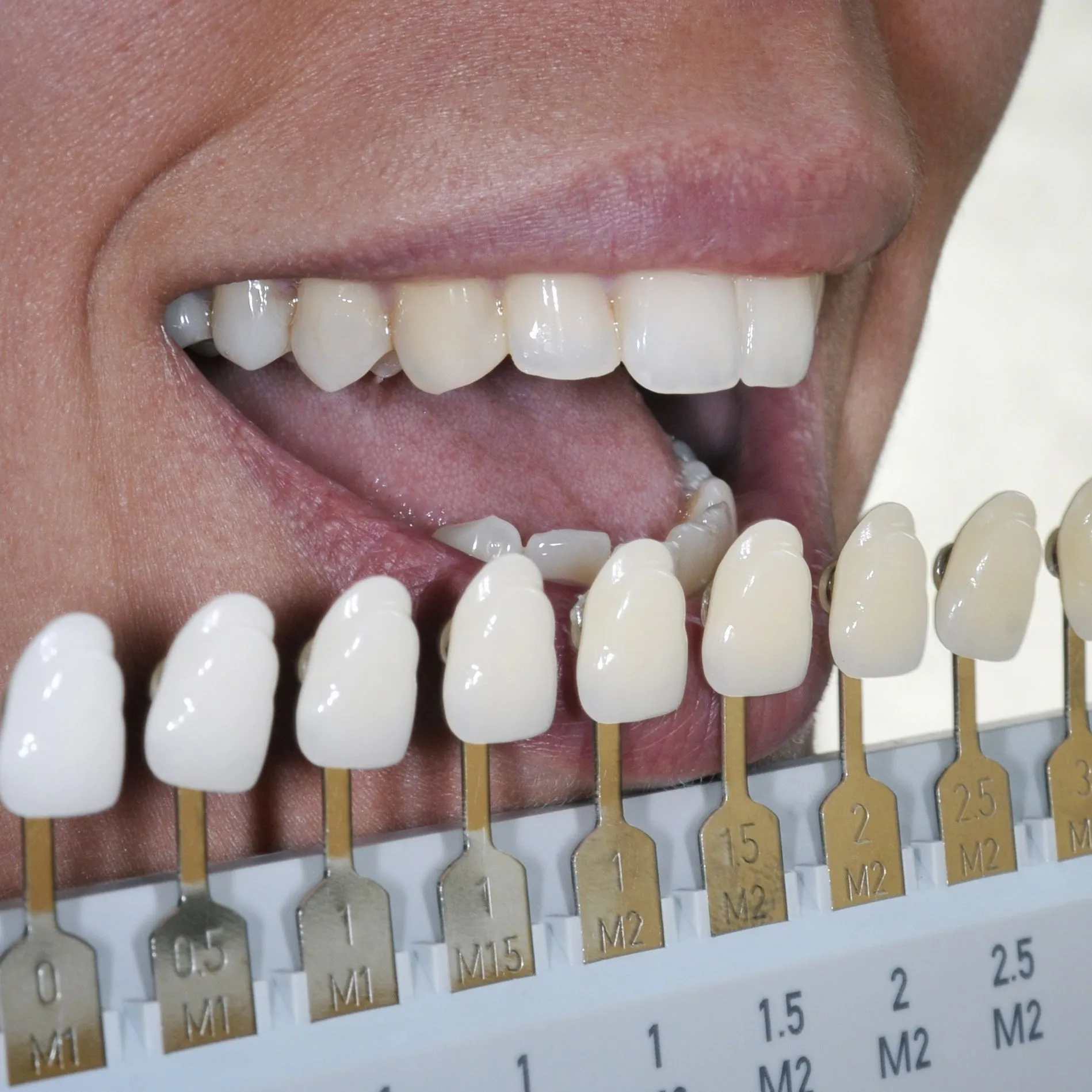
The variation in tooth shades arises from multiple factors. Genetic predisposition plays a significant role in the inherent color of your teeth. Additionally, the thickness of your enamel and the color of your dentin, the layer beneath the enamel, impact the shade. Thicker enamel appears whiter, while thinner enamel can make teeth appear more yellow or translucent. The dentin color, which can be more yellow, brown, or gray, also affects the overall tooth shade. These factors, combined with lifestyle and dietary habits, contribute to why teeth shades are unique to each individual.
Factors Affecting Shade
Several factors significantly influence tooth shades. Diet is one of the most prominent factors; foods and drinks high in pigments, such as coffee, tea, red wine, and berries, can stain teeth. Smoking and tobacco use also lead to discoloration. Aging can cause the enamel to thin, revealing the dentin beneath, which is naturally more yellow. Certain medications and medical conditions can also affect tooth color. These factors emphasize the importance of adopting healthy habits to maintain and improve your teeth’s natural shade.
Fact 2 The Whitening Process
The teeth whitening process aims to remove stains and lighten the existing tooth shades. The core process involves using bleaching agents, typically hydrogen peroxide or carbamide peroxide. These chemicals penetrate the enamel and break down stain molecules, leading to a brighter appearance. The effectiveness of this process depends on various factors, including the concentration of the bleaching agent, the duration of treatment, and the type of staining. Understanding how this process works helps in appreciating the nuances of the different treatments available and in selecting the best one for your needs.
Types of Whitening Treatments
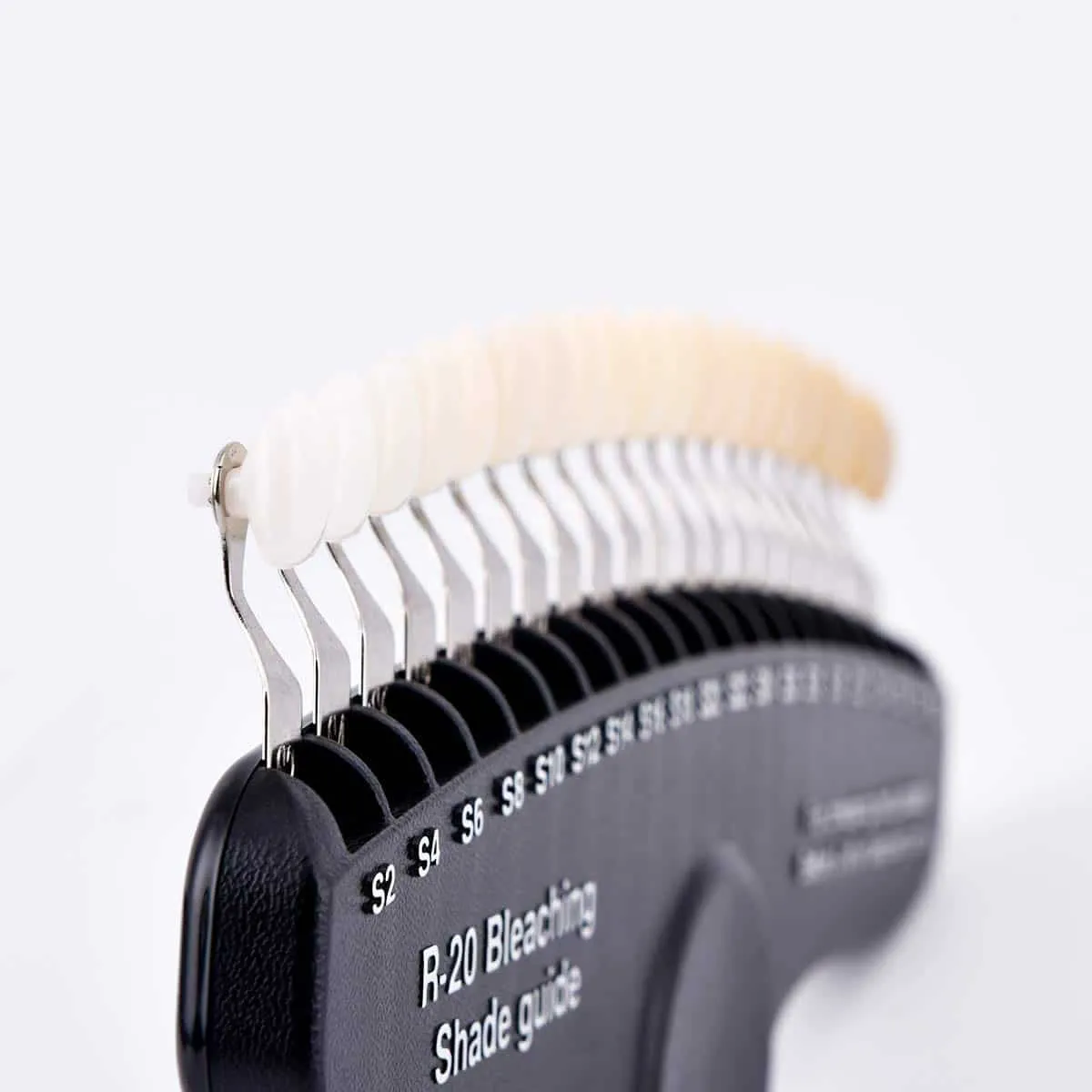
There are several types of teeth whitening treatments available. Professional treatments, performed by a dentist, often involve high-concentration bleaching agents and can yield immediate results. These may include in-office whitening, where the dentist applies the whitening agent and uses a special light to accelerate the process. At-home treatments often involve custom-fitted trays with lower-concentration bleaching gels, providing a more gradual whitening. Over-the-counter options, like whitening strips and toothpastes, are also available, offering a less potent approach for minor staining and maintenance. Each method has varying effectiveness and suitability depending on individual needs.
How Whitening Affects Shades
Teeth whitening directly impacts teeth shades by reducing discoloration and brightening the overall appearance. The bleaching agents used in the process work to remove stains, making the teeth look whiter. The extent of the shade change varies depending on the whitening method used and the degree of staining. Whitening treatments can lighten teeth by several shades, leading to a significant improvement in the smile’s aesthetic. The change in shade depends on factors such as the initial tooth shade, the concentration of the bleaching agent, and the duration of treatment.
Fact 3 Maintaining Your Shade
Maintaining your teeth’s new shade requires consistent effort and adherence to specific aftercare instructions. The longevity of your results significantly depends on your lifestyle choices and oral hygiene practices. This involves avoiding substances known to stain teeth, such as coffee, tea, red wine, and tobacco products. Regular dental check-ups and professional cleanings are also essential for removing surface stains and maintaining your brightened smile. Following these aftercare guidelines will help to maximize the duration of your whitening results and preserve your enhanced smile.
Post-Whitening Care
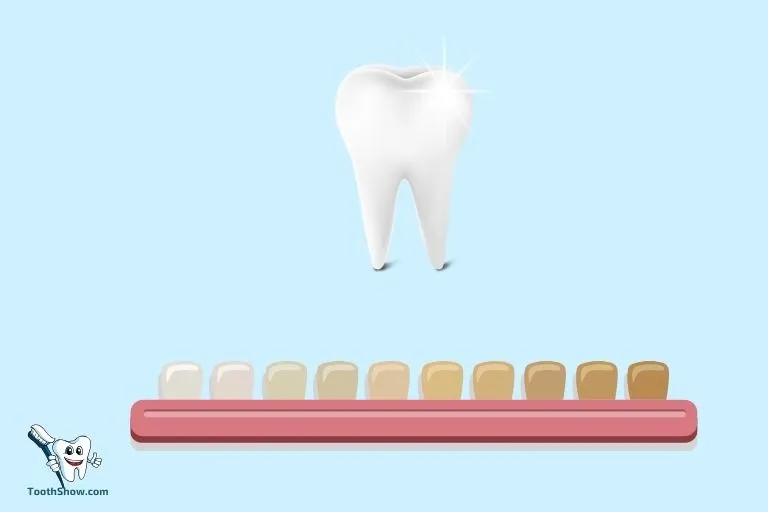
Post-whitening care is crucial for preserving your results. This typically involves avoiding highly pigmented foods and drinks for the first few days after treatment, as the teeth are more susceptible to staining. Using a soft-bristled toothbrush and a whitening toothpaste can help maintain the brightness. Regular brushing, flossing, and using mouthwash are essential for keeping your teeth clean and healthy. Following the dentist’s specific recommendations for post-treatment care ensures your teeth remain as bright and white as possible for the longest time.
Foods and Drinks to Avoid
Certain foods and drinks are known to stain teeth and should be avoided or consumed in moderation to maintain your new shade. These include coffee, tea, red wine, dark sodas, and heavily pigmented fruits like berries. Foods with artificial coloring should also be limited. If you consume staining foods or drinks, rinse your mouth with water immediately afterward or brush your teeth to minimize staining. Making these dietary adjustments supports long-term maintenance of your whitening results and the overall health of your teeth.
Fact 4 Professional vs. At-Home Treatments
Choosing between professional and at-home teeth whitening treatments depends on several factors, including your budget, desired results, and lifestyle. Professional treatments offer quicker results and often use stronger bleaching agents, making them ideal for those seeking significant shade improvement. At-home treatments, such as custom trays or over-the-counter products, are more cost-effective and convenient but usually take longer to achieve noticeable whitening. Consider the pros and cons of each method to determine which best fits your needs and preferences.
Pros and Cons
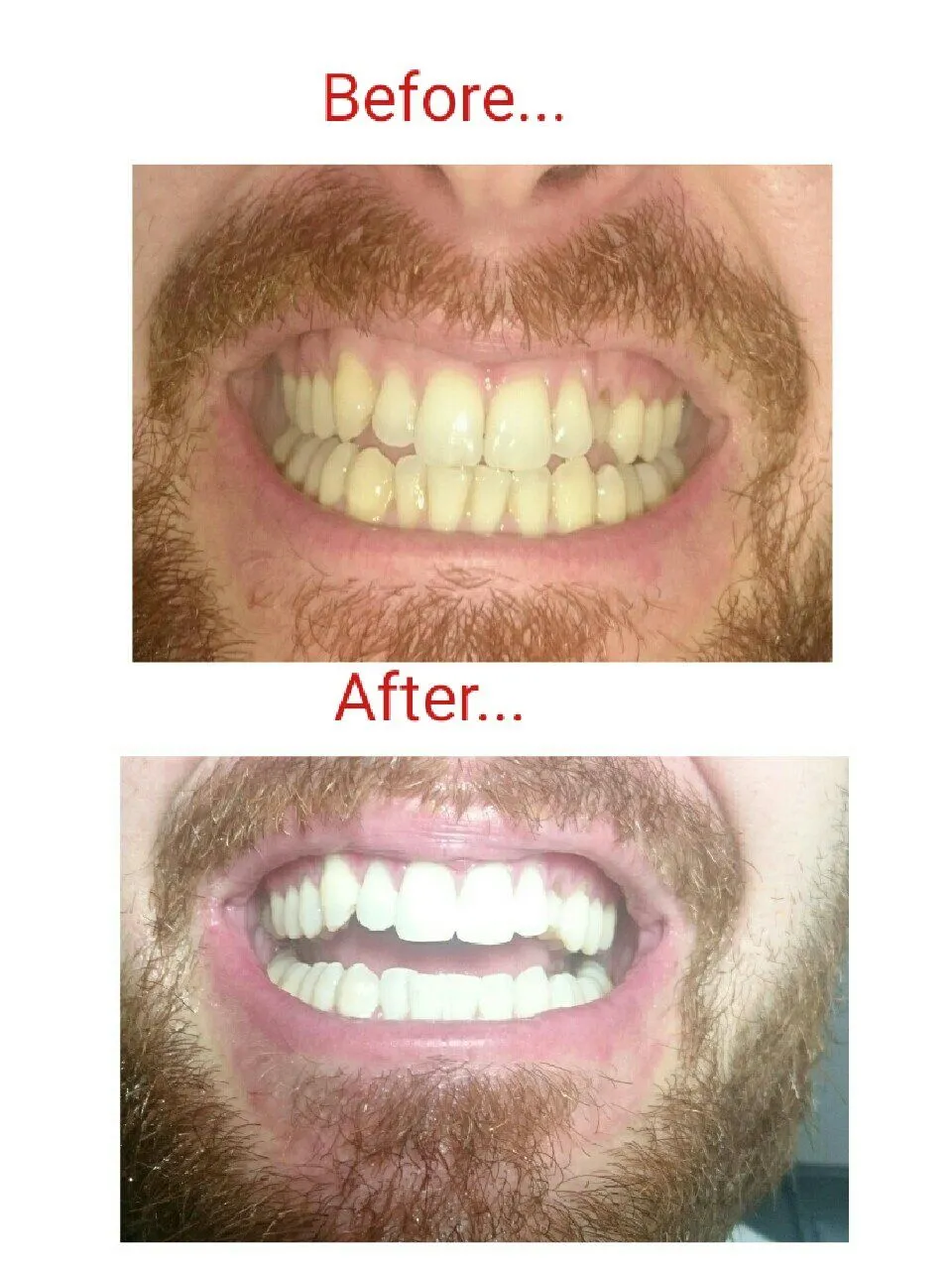
Professional treatments offer several advantages, including immediate results, customized care, and the dentist’s supervision. However, they are typically more expensive and require time for office visits. At-home treatments are more affordable and convenient, but they may take longer to show results, and the effectiveness can vary. Over-the-counter products are readily available and inexpensive, but they may not be as effective for significant discoloration and can sometimes cause sensitivity. Weighing the pros and cons of each option can help you make the best choice for your individual requirements.
Effectiveness and Safety
The effectiveness of teeth whitening treatments varies. Professional treatments typically use stronger bleaching agents, resulting in faster and more dramatic changes. At-home treatments are generally safer because they use lower concentrations of bleaching agents but may not deliver the same level of whitening. Safety is a major concern, and it is essential to follow all instructions and use products as directed. Dentists can also advise on the safety measures to reduce the risk of side effects, like tooth sensitivity. Always consult your dentist to ensure the selected treatment is suitable for your oral health.
Fact 5 Choosing the Right Shade
Choosing the right tooth shade is about achieving a natural and aesthetically pleasing look that complements your overall appearance. It’s crucial to consider your skin tone, hair color, and the shade of your other teeth. A shade that is too white can look unnatural, while a shade that’s too dark won’t provide the desired brightening effect. The best shade is usually one that is a few shades lighter than your natural color but still looks realistic. Consulting with a dentist to determine the most suitable shade is highly recommended. Your dentist can provide expert guidance to ensure you achieve a smile that enhances your features.
Consulting with a Dentist

Consulting with a dentist is an essential step in the teeth whitening process. Your dentist can assess your oral health, identify any underlying issues, and recommend the best treatment option. They can also help you determine the most appropriate shade and ensure that you have realistic expectations. Dentists have the expertise to perform professional whitening procedures safely and can offer advice on post-treatment care. Regular dental check-ups are crucial for monitoring your progress and maintaining the results. Always seek professional advice before starting any teeth whitening treatment.
Realistic Expectations
Setting realistic expectations is crucial for a successful teeth whitening experience. While teeth whitening can significantly improve your smile’s appearance, the results vary depending on individual factors like the initial shade and the chosen treatment method. It is vital to understand the potential limitations of the whitening process. Discussing your desired outcome with your dentist will help you set achievable goals. Also, understand that some discoloration, such as that caused by certain medications, may be more resistant to whitening. By setting realistic expectations, you can ensure you’re satisfied with the outcome.
